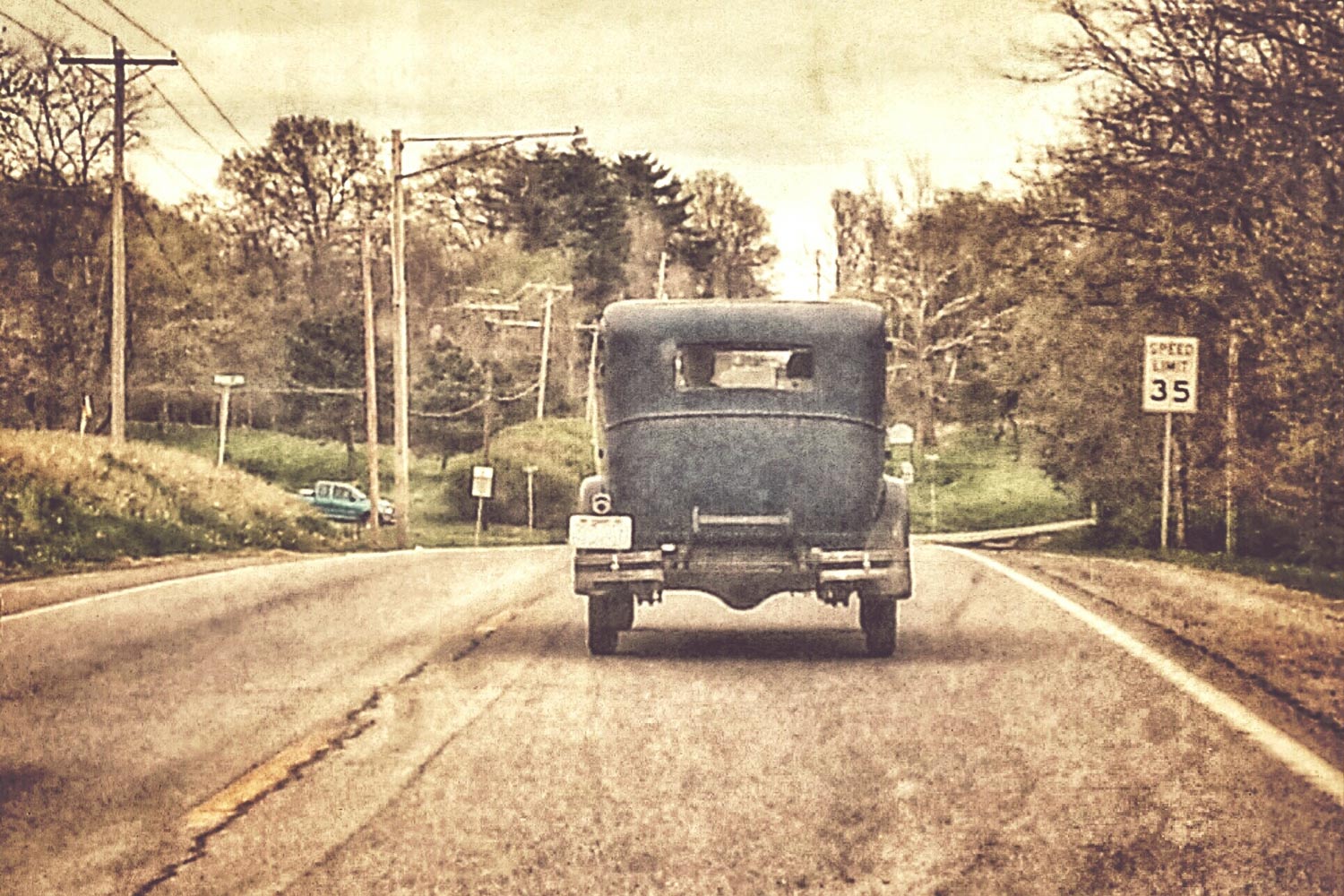What Happened to Oldsmobile?
Once an innovator, the iconic automaker met its demise thanks to decades of malaise.
 Getty Images
Getty Images
As Robert Frost so knowingly wrote nearly 100 years ago, nothing gold can stay. When General Motors pulled the plug on Oldsmobile in the early 2000s, the brand was the longest-running nameplate in Detroit. Over its 100-or-so years, however, Oldsmobile flourished with innovative engineering and striking design before sizzling out as the U.S. auto industry entered what's been colloquially termed the malaise era in the 1970s. The last Oldsmobile models were built in 2004.
Oldsmobile's Early Start
The Olds Motor Vehicle Company was started in 1897 in Lansing, Michigan, by Ransom Eli Olds, an Ohio-born heir to a small steam-engine builder. The company saw early success in the fledgling gas-fueled car industry at the turn of the 20th century. A 1902 model called the Curved Dash proved so popular that Oldsmobile developed the first mass-production stationary assembly line to keep up with demand.
Cashing in on its early success, Oldsmobile sold out to General Motors in 1908 during what would become a massive consolidation of early car brands.
Slicing Out a Middle Ground
GM used Oldsmobile as something of a tech flagship, although it ranked below Cadillac in the automaker's hierarchy. Early models in the 1910s cost more than a typical house, but GM streamlined its operations in the 1920s and positioned Oldsmobile alongside Buick as a midlevel division. GM treated its divisions like a stepladder. Buyers could start off with an inexpensive Chevrolet, and as their income level increased, they might find an Oldsmobile to be an ambitious next purchase.
That's not to say that Oldsmobile didn't get its share of fancy features. In 1926, Oldsmobile became the first car to utilize chrome plating, while a precursor to today's automatic transmissions arrived in 1937, not long after Oldsmobile sold its millionth car.
The hits kept coming. In 1940, Oldsmobile offered the first mass-market fully automatic transmission, dubbed the Hydra-Matic. With the space race in full force in the 1950s, GM marketers positioned Oldsmobile as a brand for the future — even though the division was decidedly middle aged at that point.
Oldsmobile's Rocket 8 engine featured eight cylinders, overhead valves, and a short stroke to push out a then-impressive 135 horsepower. This power plant debuted in the Oldsmobile 98, the company's flagship luxury model, although it eventually made its way into the less expensive A Body 88, inspiring the 1951 classic Ike Turner and Jackie Brenston song "Rocket 88," widely considered to be the first rock 'n' roll recording.
Indeed, Oldsmobile seems to have inspired many a musician, with the moniker showing up in songs from artists as varied as Public Enemy, Tom Waits, and Jerry Lee Lewis.
In 1961, Oldsmobile had another hit with the Cutlass, first offered as a two-door sport-coupe trim of the popular F-85. The company added a convertible model the next year. By 1967, the Cutlass had been spun off into its own model and soon could be had as the Cutlass, Cutlass S, and Cutlass Supreme. With their rocket-themed design cues, these cars typified mid-century design.
The Beginning of the End
The U.S. auto industry reacted slowly to increased emissions and safety regulations, volatile fuel prices, and an onslaught of cheaper import-brand models in the 1970s. In response, GM in 1984 reorganized and combined Oldsmobile, Buick, and Cadillac into its own division.
Coincidentally, this was the best sales year ever for Oldsmobile. The brand's heyday, however, was short-lived. By then, there was little definition between many Oldsmobile and Buick models. The 1985 Chevy Chase film "Fletch" captured the cars' forgettable designs, cribbing the term Oldsmobuick.
The Party Is Over
With all the parts sharing happening among GM's divisions, it became tough for Oldsmobile to stand out among the Detroit automaker's overlapping offerings. The company also faced continuing pressure from Japanese manufacturers such as Honda and Toyota.
A brief renaissance arrived in the form of the mid-1990s Oldsmobile Aurora, which boasted a daring, futuristic design. But even GM seemed afraid of its own Oldsmobile brand. Only on the Aurora's radio — a part shared with various other models — could eagle-eyed drivers find the Oldsmobile badge.
The Aurora caused only a minor stir, however, and by 2000 GM announced plans to phase out the Oldsmobile brand due to dwindling sales.
On April 29, 2004, after 106 years, the last Olds rolled off the assembly line. The very last Alero sedan — itself a near twin to the Pontiac Grand Am — was destined for the R.E. Olds Transportation Museum, but the rest of the Final 500 editions were sold to consumers.
Written by humans.
Edited by humans.
 Emme Hall
Emme HallEmme Hall loves small convertibles and gets out to the canyons in her 2004 Mazdaspeed Miata whenever she can. You can also find her in the dirt in her lifted (yes, that's right) 2001 Mazda Miata, or racing air-cooled Volkswagens in races like the Baja 1000. She's taken first place twice in the Rebelle Rally — once driving a Jeep Wrangler and then a Rolls-Royce Cullinan the second time. She was also the first driver to take an electric vehicle to the Rebelle Rally when campaigning the Rivian R1T to a top-five finish.
Related articles
View more related articles